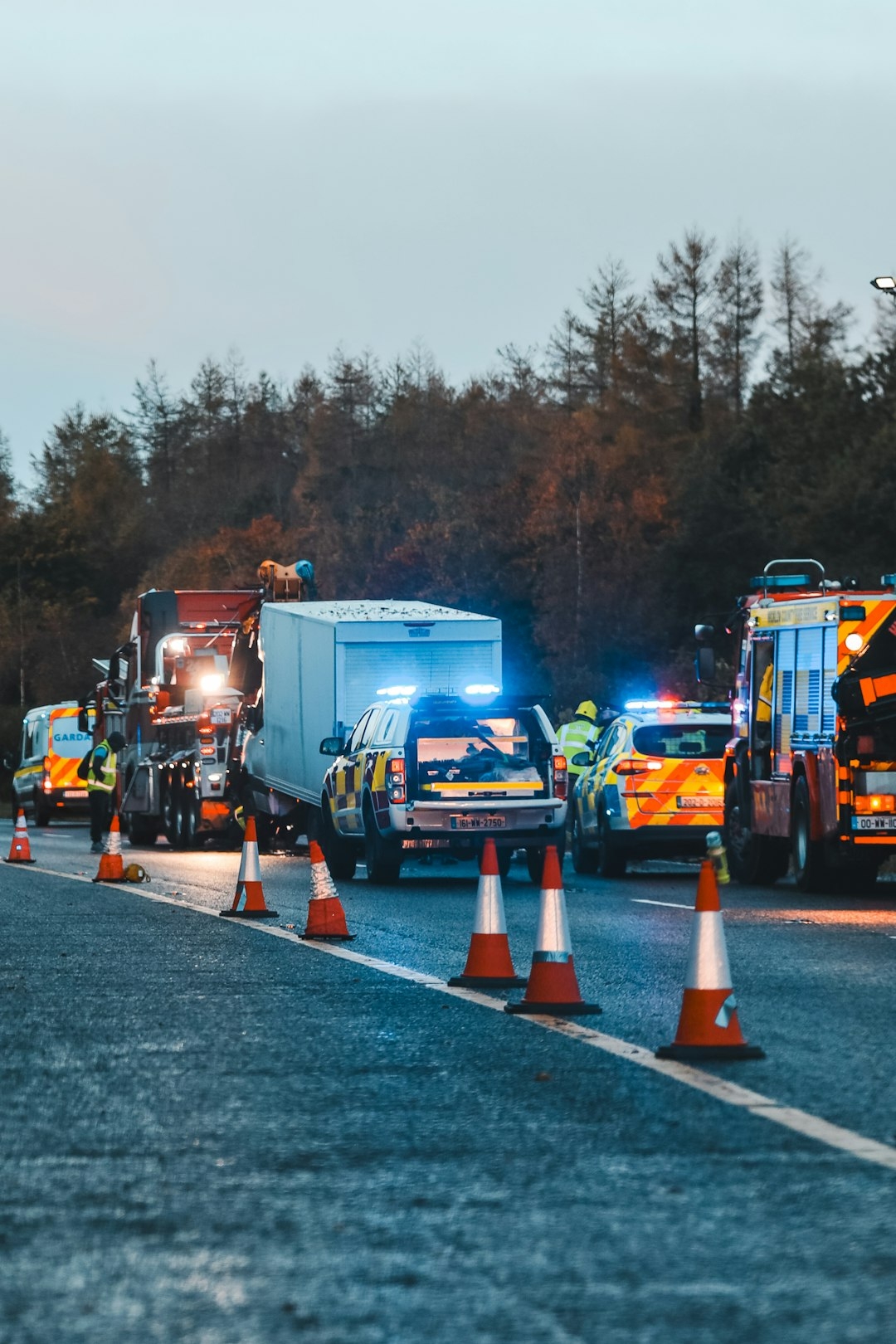

When dealing with a truck accident case in Seattle, the importance of comprehensive evidence cannot be overstated. Among the myriad pieces of evidence required, incident reports and police records serve as cornerstone documents that can significantly impact the trajectory of a case.
Incident reports are typically the first formal documentation created following a truck accident. These reports are usually generated by responding law enforcement officers who arrive at the scene to assess the situation. The report often contains crucial details such as the time and location of the accident, descriptions of vehicles involved, weather conditions, road hazards, and preliminary observations about potential causes. Additionally, it may include statements from drivers, passengers, and any available witnesses. This initial documentation provides an unbiased account of the incident shortly after it occurs, making it invaluable for legal proceedings.
Police records go beyond just the initial incident report; they encompass a broader array of information that can be pivotal in substantiating claims. These records may include photographs taken at the scene, diagrams illustrating vehicle positions post-collision, and detailed narratives written by officers based on their on-site investigation. Importantly, police records also often contain citations issued at the scene for traffic violations or infractions which could indicate fault or contributory negligence.
In Seattle specifically, obtaining these documents involves formal requests through public records systems operated by local law enforcement agencies like the Seattle Police Department (SPD) or Washington State Patrol (WSP). Given that Washington is a comparative fault state where liability can be apportioned among multiple parties based on their degree of fault in causing an accident, having comprehensive and accurate police records is crucial for all involved parties.
For attorneys representing clients in truck accident cases, these documents provide foundational evidence to build a compelling narrative around liability and damages. They help establish key facts such as speed limits exceeded by either party, possible distractions indicated by witness statements or phone records noted in police files, and physical evidence like skid marks documented through photographs.
Moreover, having access to complete incident reports and police records allows legal teams to corroborate testimonies with objective data. For instance, if a driver claims they were not speeding but police measurements suggest otherwise based on skid mark analysis or onboard computer data from commercial trucks (which might also be included in extended police reports), this discrepancy could be critical in court.
Insurance companies also heavily rely on these documents when determining settlements. Accurate reporting ensures fair compensation aligned with actual damages sustained during accidents. Conversely, incomplete or inaccurate reports can lead to disputes over liability coverage amounts or even outright claim denials.
In conclusion, incident reports and police records form an essential evidentiary backbone for truck accident cases in Seattle. truck accident lawyer Seattle . Their role extends from immediate post-accident assessments through comprehensive investigations that inform both litigation strategies and insurance deliberations. Ensuring thorough acquisition and meticulous examination of these documents is indispensable for achieving just outcomes in truck-related accidents within this jurisdiction.
Eyewitness Testimonies in Truck Accident Cases in Seattle
In the bustling city of Seattle, where traffic congestion and commercial trucking routes intersect, truck accidents are an unfortunate reality. When such accidents occur, determining fault and liability can be complex. One critical piece of evidence that often plays a pivotal role in these cases is eyewitness testimony. Eyewitness testimonies, when properly documented and presented, can greatly influence the outcome of a truck accident case by providing a firsthand account of the events leading up to and during the incident.
Eyewitnesses are individuals who were present at the scene of the accident and observed it as it happened. Their accounts can provide clarity on various aspects of the incident that might not be captured by other forms of evidence like photographs or surveillance footage. For instance, an eyewitness might recall seeing a truck driver speeding or making an illegal maneuver just before the collision. Such details are invaluable because they offer insights into human behavior and decision-making that mechanical data alone cannot provide.
The reliability and credibility of eyewitness testimonies are paramount in legal proceedings. In Seattle, as elsewhere, courts scrutinize these accounts to ensure they are consistent, detailed, and unbiased. Factors such as the witness's vantage point during the accident, their ability to clearly see what happened, and any potential biases or distractions they may have experienced at the time all come into play when evaluating their testimony.
For eyewitness testimonies to be effective in a truck accident case, they should ideally be collected as soon after the incident as possible while memories are still fresh. Attorneys typically seek out witnesses immediately following an accident to record their statements accurately. This prompt collection helps preserve crucial details that could fade over time due to memory decay.
Moreover, corroboration from multiple eyewitnesses can significantly strengthen a case. If several independent witnesses provide similar accounts of how the accident occurred, this consistency can bolster arguments about fault and liability. Conversely, discrepancies between different testimonies may need to be carefully examined to understand why differences exist-whether due to varied perspectives or potential errors in recollection.
In addition to live testimonies presented during court proceedings, written statements or recorded interviews with eyewitnesses also hold substantial weight in truck accident cases. These recorded documents serve as official records that lawyers can reference throughout litigation processes.
However, while valuable, eyewitness testimonies are not without challenges. Human memory is inherently fallible; stress and trauma associated with witnessing a severe accident can affect recall accuracy. Additionally, personal biases or preconceived notions about driving behaviors may color a witness's interpretation of events.
Despite these challenges, when used judiciously alongside other forms of evidence-such as traffic camera footage, police reports, vehicle damage assessments, and expert analysis-eyewitness testimonies enrich the overall narrative presented in courtrooms across Seattle.
In conclusion, eyewitness testimonies remain an essential component in building strong cases for truck accidents in Seattle. By providing detailed first-person accounts that complement technical evidence pieces like data logs from vehicles or forensic reconstructions performed by experts-they help paint comprehensive pictures necessary for fair judgments regarding fault and compensation claims ensuing from such tragic occurrences on our roads.
Navigating the labyrinth of Washington State's trucking laws and regulations can be daunting, especially in the aftermath of a truck accident.. At the heart of this complex legal terrain lies the role of a Seattle truck accident lawyer, whose expertise becomes indispensable for those seeking justice and compensation. Truck accidents often result in severe injuries and significant property damage due to the sheer size and weight of commercial trucks.

Posted by on 2024-09-16
When faced with the aftermath of a truck accident in Seattle, finding affordable legal representation can be a daunting task.. Legal services often come with high price tags, but there are ways to navigate this terrain without breaking the bank.
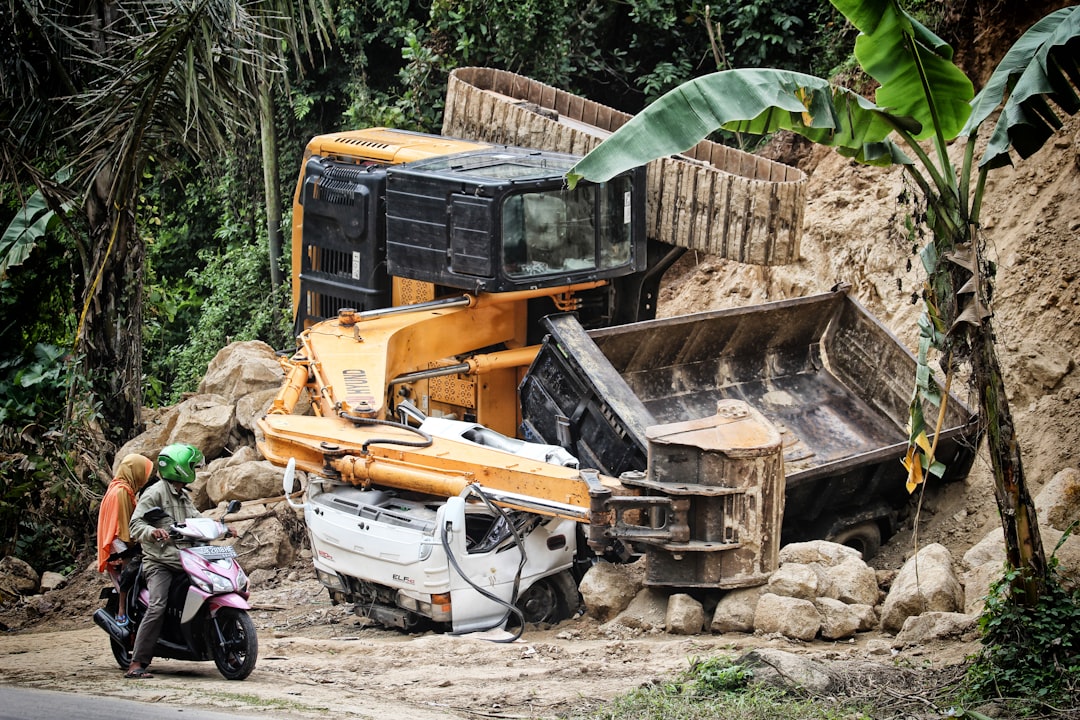
Posted by on 2024-09-16
Navigating the aftermath of a truck accident can be a daunting experience, especially when it comes to filing a claim.. A Seattle truck accident lawyer can guide you through this intricate process, ensuring that you pursue the right steps to secure fair compensation.
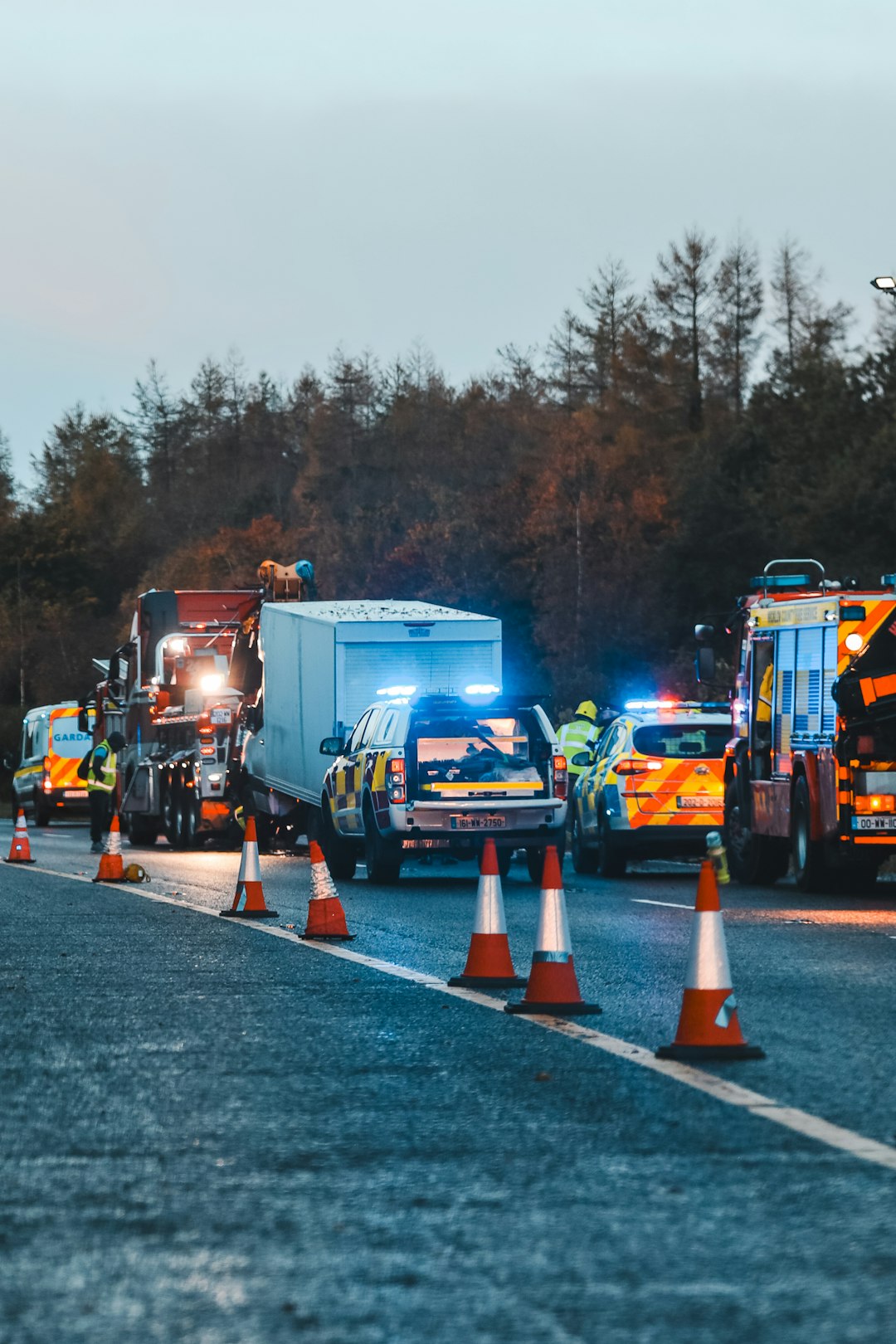
Posted by on 2024-09-16
Navigating the aftermath of a truck accident can be an overwhelming and complex journey, particularly when you're facing physical injuries, emotional distress, and financial burdens.. One of the primary concerns for victims in such situations is how to maximize their settlement with legal assistance.

Posted by on 2024-09-16
When facing the aftermath of a truck accident in Seattle, finding the best lawyer to represent your case can make a significant difference in the outcome.. Truck accidents often result in severe injuries and substantial financial losses, making it crucial to have an experienced and reliable attorney by your side.
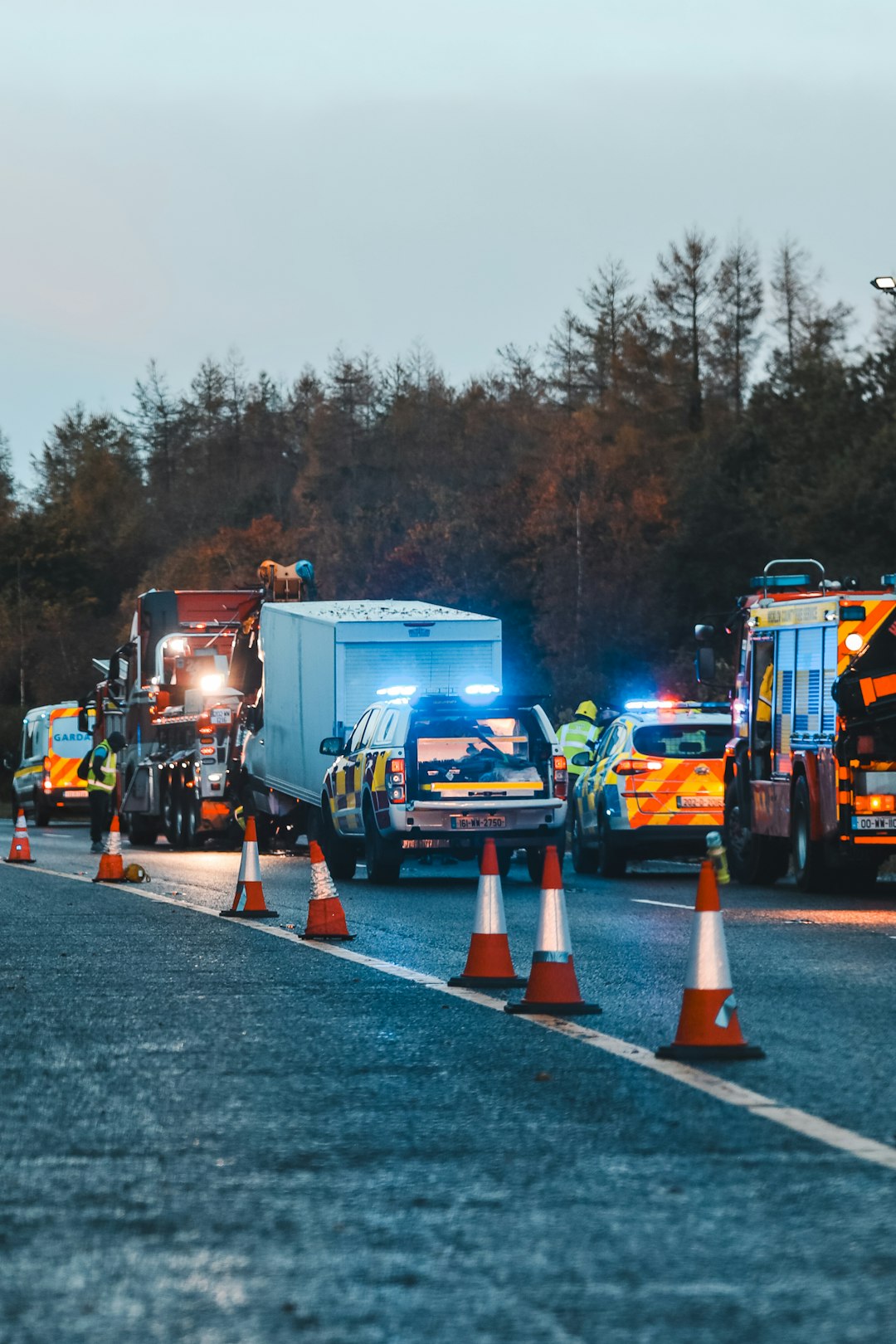
Posted by on 2024-09-16
Photographic evidence from the scene is an essential component in building a robust truck accident case, particularly in a city like Seattle. The intricate network of highways and urban streets, coupled with unpredictable weather conditions, often makes it challenging to unravel the truth behind such accidents. Photographs serve as a silent but powerful witness that can capture crucial details immediately following the incident.
Firstly, photographs provide an unbiased and accurate representation of the accident's aftermath. They capture the exact positioning of vehicles, any skid marks on the road, debris scattered around, and even road signs or signals that may have played a role in the collision. In Seattle, where rain-slicked roads are common, photos can reveal wet patches or other hazardous conditions that might not be evident later on.
Secondly, photographic evidence can help in establishing fault. For instance, images showing damage to specific parts of a truck or car can indicate points of impact and suggest which vehicle might have been at fault. If traffic signals or signage were obscured by foliage or construction work-a frequent occurrence in rapidly growing urban areas like Seattle-this too can be documented through photographs.
Moreover, photographs serve as invaluable tools for expert analysis. Accident reconstruction specialists often rely on visual evidence to recreate the sequence of events leading up to the crash. High-resolution images taken from multiple angles allow these experts to measure distances accurately and assess speeds more reliably than they could with verbal descriptions alone.
Additionally, photographic evidence aids significantly in negotiations with insurance companies. Insurers scrutinize claims meticulously and having concrete visual proof bolsters your position during settlement discussions. It provides clear-cut evidence that supports your claims about vehicle damage and personal injuries sustained from the accident.
Furthermore, compelling photographic documentation is vital if your case goes to trial. Jurors are more likely to be swayed by pictures than verbal testimony alone; seeing is believing after all. Photos make abstract concepts tangible-they paint a vivid picture that words often fail to convey fully.
In conclusion, capturing photographic evidence right at the scene of a truck accident is indispensable for anyone seeking justice in Seattle's legal landscape. These images offer an unaltered snapshot of reality moments after impact, providing clarity amid confusion and serving as foundational proof throughout legal proceedings. Whether it's for establishing fault, aiding expert analysis, negotiating with insurers or convincing jurors-photographic evidence stands as an irrefutable testament to what truly transpired during those critical moments on Seattle's bustling roads.
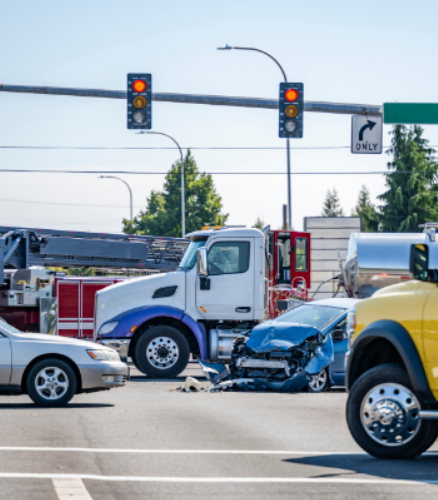
In the bustling urban landscape of Seattle, truck accidents are unfortunately a common occurrence. When such incidents happen, determining fault and seeking justice requires a thorough investigation backed by substantial evidence. Among the various types of evidence that can be pivotal in a truck accident case, surveillance or traffic camera footage stands out as particularly invaluable.
Surveillance or traffic camera footage provides an unbiased, real-time account of events leading up to, during, and after an accident. This type of evidence captures details that may be missed by eyewitnesses or could become blurred over time due to memory degradation. For instance, cameras installed at intersections or along highways can record the speed at which vehicles were traveling, whether traffic signals were obeyed, and other critical factors like road conditions and the behavior of both drivers before the collision.
In Seattle, where numerous surveillance systems are strategically placed across the city, obtaining this footage can significantly bolster a truck accident case. The Seattle Department of Transportation (SDOT) operates an extensive network of traffic cameras designed to monitor vehicular flow and enhance public safety. These cameras continuously record high-quality video that can later be accessed with proper legal procedures.
When pursuing a truck accident case in Seattle, attorneys often prioritize securing this footage early in their investigations. Time is of the essence because many surveillance systems have limited storage capacity and may overwrite old recordings within days or weeks. Prompt action ensures that crucial visual evidence is preserved before it is lost forever.
Once obtained, footage from surveillance or traffic cameras can be analyzed frame by frame to pinpoint crucial moments and actions taken by each party involved in the accident. This meticulous analysis might reveal if the truck driver was distracted by a cell phone, if there was reckless driving behavior like sudden lane changes without signaling, or if another vehicle's erratic maneuvers contributed to the crash.
Moreover, this kind of evidence holds significant weight in court proceedings. Jurors and judges tend to find video recordings highly persuasive because they provide clear and objective accounts free from personal biases inherent in witness testimonies. Well-presented footage can vividly illustrate sequences of events that written reports alone cannot fully convey.
However, acquiring such footage involves navigating through legal protocols and privacy concerns. Permission must often be sought from local authorities or private entities managing these cameras. Legal representatives adept at handling these nuances play a crucial role in ensuring that all procedural requirements are met while safeguarding their clients' rights.
In conclusion, surveillance or traffic camera footage serves as a cornerstone piece of evidence in truck accident cases in Seattle. It offers an unvarnished view into what transpired during an incident and carries substantial influence within judicial settings. By acting swiftly to obtain this visual documentation and leveraging its detailed insights effectively, those affected by truck accidents stand a better chance at achieving fair resolution and justice for their ordeal.
When it comes to truck accident cases in Seattle, medical records of injuries sustained play a pivotal role in the pursuit of justice and compensation. These documents are not merely pieces of paper; they are vital evidence that can significantly impact the outcome of a case. Understanding the importance and function of medical records within this context is crucial for anyone involved in such an unfortunate event.
Firstly, medical records provide an objective account of the injuries sustained by the victim. In truck accidents, which often involve severe impacts due to the size and weight of commercial vehicles, injuries can range from minor cuts and bruises to life-altering conditions such as traumatic brain injuries or spinal cord damage. Medical documentation captures the immediate diagnosis, treatment plans, and ongoing care required for recovery. This comprehensive record serves as concrete proof that correlates directly with the incident in question.
Moreover, these records help establish a timeline that is essential for proving causation. In legal terms, causation is about showing that the accident was directly responsible for the injuries sustained. Medical records detail when symptoms first appeared, how they have progressed over time, and any long-term effects anticipated by healthcare providers. This chronological data can be invaluable when trying to connect the dots between a truck accident and subsequent health issues.
Beyond establishing causation, medical records also quantify damages. In personal injury law, "damages" refer to both economic losses like medical expenses and non-economic losses like pain and suffering. Receipts for treatments, prescriptions, physical therapy sessions, and even psychiatric care all contribute to calculating a fair compensation amount. Without these meticulous financial records tied to one's medical history post-accident, accurately assessing monetary damages would be nearly impossible.
Furthermore, consistent medical documentation can counteract attempts by insurance companies or opposing parties to downplay or discredit claims. Unfortunately, it is not uncommon for insurers to argue that injuries were pre-existing or exaggerated for financial gain. Regular visits to healthcare providers documented over time help build credibility by showing an authentic pattern of injury management and recovery efforts.
In addition to serving as critical evidence in courtrooms or settlement negotiations, medical records also assist legal teams in strategizing their approach. Attorneys rely on expert testimonies from doctors who have treated the victim; these professionals use detailed notes from medical files as a basis for their opinions on prognosis and necessity for future care.
However important they may be though; gathering these records is not always straightforward. Patients must authorize release forms due to privacy laws like HIPAA (Health Insurance Portability and Accountability Act). Once obtained though; these documents should be carefully reviewed by legal counsel specializing in personal injury cases involving truck accidents.
In conclusion; while various forms of evidence are needed for truck accident cases in Seattle police reports; eyewitness testimonies; vehicle maintenance logs medical records uniquely encapsulate both tangible proof of harm done & intangible aspects influencing overall well-being post-accident making them indispensable assets throughout litigation process ensuring victims receive due reparations enabling them regain semblance normalcy after traumatic experiences undergone.
When it comes to truck accident cases in Seattle, a comprehensive array of evidence is necessary to establish the facts and determine liability. Among these critical pieces of evidence are the truck driver's logbooks and records, which can provide invaluable insights into the circumstances leading up to the accident.
Truck drivers are federally mandated to maintain detailed logbooks that document their hours of service (HOS). These logs record driving hours, resting periods, and other on-duty activities. The primary purpose of these records is to ensure compliance with regulations designed to prevent driver fatigue-a significant factor in many truck accidents. In a legal context, examining these logbooks can reveal whether or not the driver was adhering to legal limits concerning rest and work hours.
For example, if a truck driver's logbook shows that they exceeded their allowable driving hours without taking the required breaks, this could be compelling evidence of negligence. It indicates that fatigue might have impaired the driver's ability to operate their vehicle safely, thus contributing to the accident. Conversely, accurate and compliant logbooks can help exonerate a driver by demonstrating adherence to safety standards.
Beyond logbooks, electronic logging devices (ELDs) now play an essential role in modern trucking operations. ELDs automatically record driving time and are harder to falsify compared to traditional paper logs. Data from these devices can corroborate or contradict information found in manual entries, providing an additional layer of verification regarding the driver's activities.
Moreover, maintenance records must also be scrutinized as part of an accident investigation. These documents detail routine checks and repairs performed on the truck. Poor maintenance practices leading to mechanical failures such as brake malfunctions or tire blowouts can significantly contribute to accidents. Maintenance records can therefore indicate whether neglect on part of the trucking company or driver played a role in causing the crash.
Other pertinent records include cargo loading documentation which may reveal if improper loading contributed to loss of control or rollover incidents. Additionally, GPS data and telematics reports can offer real-time insights into vehicle speed, routes taken, and even harsh braking events-all crucial details for reconstructing how an accident occurred.
In summary, for a truck accident case in Seattle-or anywhere else-logbooks and related records serve as foundational evidence for establishing fault and liability. They provide a meticulous account of human actions (or inactions) as well as mechanical conditions leading up to an incident. Thorough analysis of these documents by legal experts often forms the cornerstone for achieving justice for victims affected by such grave occurrences on our roads.
In the bustling city of Seattle, where commercial trucks are an integral part of the transportation infrastructure, accidents involving these massive vehicles can have devastating consequences. When a truck accident occurs, gathering comprehensive evidence is crucial to building a strong case. One of the pivotal pieces of evidence in such cases is the Vehicle Maintenance and Inspection Reports (VMIR). These reports provide a detailed account of the truck's maintenance history and its condition at the time of the accident, making them indispensable for several reasons.
First and foremost, VMIRs offer insight into whether the trucking company adhered to federal regulations regarding vehicle upkeep. The Federal Motor Carrier Safety Administration (FMCSA) mandates that commercial trucks undergo regular inspections, repairs, and maintenance to ensure they are roadworthy. A thorough VMIR will document all scheduled maintenance activities, including brake checks, tire inspections, and engine servicing. If these records reveal lapses or negligence in maintaining the vehicle, it can be a critical factor in establishing liability in an accident case.
Furthermore, VMIRs can highlight any recurring mechanical issues that were either inadequately addressed or ignored by the trucking company. For instance, if a truck's brakes failed leading up to an accident and previous reports show that brake issues were repeatedly flagged but not properly repaired, this could indicate gross negligence. Such patterns can strengthen a plaintiff's argument that the trucking company's neglect directly contributed to the accident.
In addition to revealing maintenance practices, VMIRs also play a crucial role in understanding immediate pre-accident conditions. Detailed inspection reports often include information on the truck's condition shortly before the collision occurred. This may cover aspects like tire pressure levels or any signs of wear and tear that could compromise safety. By examining these details, investigators can determine if mechanical failure due to poor maintenance was a contributing factor.
Moreover, these reports are vital in cases where driver error might be questioned. For example, if an inspection report indicates that all systems were functional yet an accident still occurred due to alleged brake failure claims by the driver-this discrepancy can prompt further scrutiny into possible human errors or other external factors.
Legal professionals representing victims need access to these reports promptly as they build their cases. They often work with forensic experts who analyze VMIR data alongside other evidence such as eyewitness testimonies and traffic camera footage to reconstruct events leading up to an accident accurately.
To sum up: Vehicle Maintenance and Inspection Reports form one cornerstone among many when piecing together what happened during truck accidents in Seattle. These documents provide invaluable insights into whether regulatory standards were met consistently over time-and more importantly-they help pinpoint failures that might have led directly towards tragic outcomes on roads shared by everyday commuters with colossal freight carriers alike.
In conclusion-not only do well-documented VMIRs hold negligent parties accountable-but they also pave way for safer future practices across entire industry sectors striving towards minimizing risks associated with large-scale vehicular operations within urban landscapes like Seattle's ever-evolving environs wherein public safety remains paramount above all else!